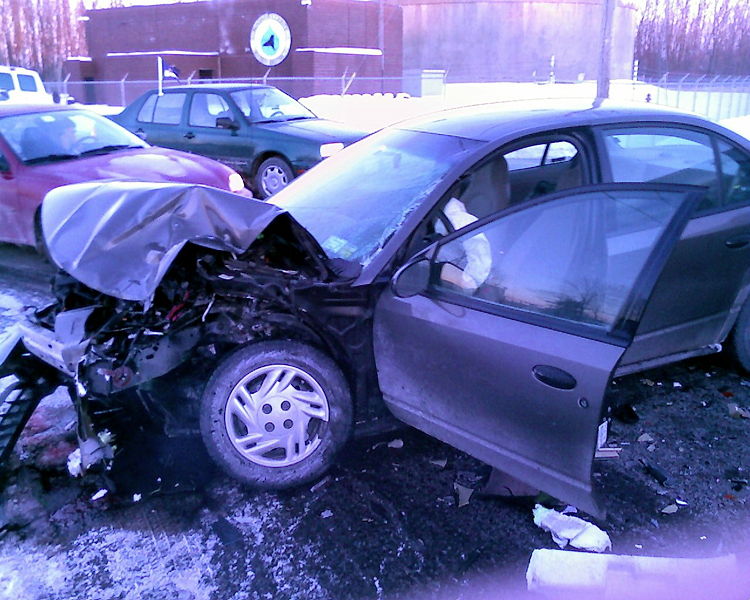
Railroad employees often perform dangerous work in environments rife with potential for disaster. In the early 1900s, work conditions for rail employees were so hazardous that Congress passed the Federal Employment Liability Act, commonly known as FELA. FELA provides a uniform system of safety expectations and legal redress for railroad workers injured on the job.
However, a recent investigation conducted by the Minneapolis Star Tribune and nonprofit journalism organization ProPublica found that injured railway workers increasingly face significant challenges in obtaining compensation for their injuries. In several lawsuits against a major railroad company for employee injuries, key evidence has been lost or destroyed in the hands of the railroad company.
Federal Employment Liability Act (FELA)
Employees covered by FELA are not covered by the regular workers’ compensation statute. Instead, rail workers injured on the job must pursue a claim for legal compensation through FELA.
Through a FELA lawsuit, an injured rail worker may obtain compensation for:
-Past and future medical treatment
-Past and future wage loss
-Past and future pain, suffering and mental distress.
Generally, under workers’ compensation, anyone injured while working is compensated, regardless of who was at fault for the injury. Unlike workers’ compensation, FELA states that railroad companies are liable for injuries to their employees only if the railroad company was negligent or failed to meet applicable safety standards.
Comparative Negligence for Injured Railroad Workers
In addition, the amount of money an injured rail worker receives for a successful FELA claim is reduced by the worker’s percentage of fault in causing the accident. For example, after a trial, a jury may award $100,000 to an injured a railroad worker. Because FELA uses a system called comparative negligence, the jury will then allocate the percentage of fault between the injured worker and the railroad company. If the jury finds the employee is 25 percent at fault, the award will be reduced by 25 percent to $75,000.
Railroad Injury Statistics and Liability Costs
The Burlington Northern Santa Fe Railway Company (BNSF) operates one of the largest railroad networks in the U.S. The company moves freight throughout the U.S. and Canada, generating $14 billion in revenue in 2009, according to the Minneapolis Star Tribune.
The Minneapolis Star Tribune also reported that accidents and work injuries are a significant expense for BNSF; its insurance subsidiary paid more than $100 million each year to resolve legal claims against BNSF from 2007 to 2009.
According to the Federal Railroad Administration, more than 500 people have been killed and almost 1,700 injured in about 4,100 accidents involving BNSF trains or crossings in the last 10 years. BNSF stated that civil judgments against the company were issued in 118 cases over the same time period.
Rail Companies’ Legal Misconduct
According to the Minneapolis Star Tribune and ProPublica injured BNSF employees have encountered significant difficulty in litigation with the railroad company since 2000.
BNSF or its lawyers have been cited for legal misconduct in 13 cases involving train collisions or workplace injuries, primarily for obstructive discovery practices including losing, withholding or destroying evidence. In four cases, judges declared mistrials or ordered new trials because the company or its lawyers had engaged in significant misconduct.
One example of losing evidence comes from a Kansas case, in which BNSF was accused of removing evidence from an accident scene where a company brakeman was severely injured when hit by a train. Two BNSF crew members testified during trial that a supervisor said he would keep an oncoming train out of the work area. BNSF claimed that the crew was never told the train would be held, and it faulted the brakeman for stepping into the train’s path.
According to the Minneapolis Star Tribune, BNSF did not locate the brakeman’s two-way radio the night of the accident and then later lost the radio when someone found it and turned it in. Since one of the key issues in the case was the brakeman’s location was when he struck, having the radio would have helped accident-reconstruction experts determine where exactly he was. In addition to losing this key evidence, BNSF gave conflicting answers as to whether its workers marked the place on the tracks where the train stopped, which also would have assisted with the accident reconstruction.
Another example of lost evidence comes from a case in Missouri, in which BNSF lost the ladder involved in an employee accident. A worker was cleaning windows in a locomotive shop when he claimed his ladder collapsed, requiring him to have back surgery and take narcotics for chronic pain.
During the trial, BNSF offered another ladder as evidence to prove the ladder was in safe working condition. After the injured cleaner testified that the substitute ladder was completely different from the ladder he was using at the time of his injury, the judge refused to allow it as evidence, reported the newspaper. The jury awarded the worker $5.5 million, an award that was later upheld by the Missouri Court of Appeals.
BNSF is not the only railroad company cited for misconduct in legal proceedings. According to a 2004 New York Times report, Union Pacific was sanctioned seven times for destroying or failing to preserve evidence from July 2001 to January 2003.
As the Minneapolis Star Tribune and ProPublica investigation demonstrates, lawsuits against railroad companies can be challenging. Therefore, the assistance of a lawyer experienced in FELA claims and railroad injury cases is invaluable. If you or a loved one has been injured while working for a railroad company, contact an attorney experienced in handling FELA claims to discuss your legal options.
Source





